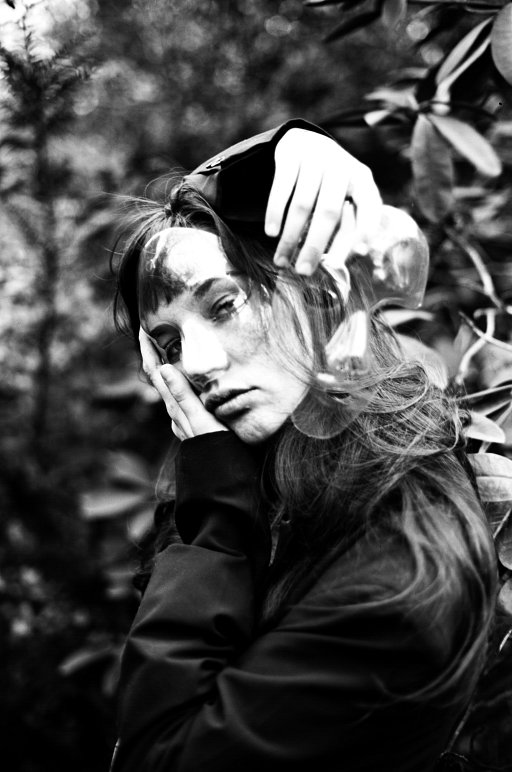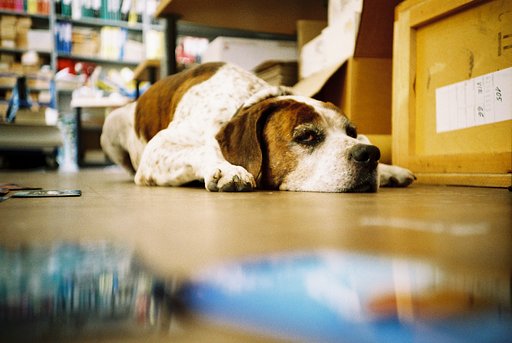Long Exposure Tips and Painting with Light
13 71 Share TweetDoing long exposure shots and light paintings can be an easy and enjoyable experience. By remembering some tips and tricks, anyone can do it well.
Today I will give you some long exposure tips:

What do you need for Long Exposure Shots?
1.) A Tripod
2.) Cable release
3.) Low ISO Film
4.) Darkness
The most important part in doing long exposures is stabilizing the camera. With this you will need a tripod. But if you don’t have one and you still want to test long exposures, lay it on a flat surface and don’t move the camera while shooting. In order to get sharp photos it is highly recommended that you use a cable release too. Unless your hands are very steady there is a possibility that the camera will jiggle while pressing the shutter.
Since you are using a tripod you should use a low ISO Film in order to have nice photo quality. Otherwise your photos will be grainy and grey if you use an ISO 400 for example.
What camera should you use? It does not really matter. I made long exposure photos with my expensive Mamiya 645 and with the cheap La Sardina. Use the camera you feel the most comfortable with and follow the tips I just mentioned.
Now let’s talk about the different effects you can do on Long Exposure Shots:
1.) Still shots, I cannot really tell you about the exposure times because it really depends a lot on what you are shooting and how bright it is. If you don’t have a Light meter or an Automatic Mode, just try different time settings. After your first tests you will get a feeling for it.
2.) Shots with Motion, The longer your exposure time is the more motion will be in your photo. You can try out different time settings to see the different motion effects.
3.) Light painting, First you need something to paint with. You can use anything that gives light like a flashlight or a Snap Light Stick. I would suggest one or two LED flashlights in different sizes. To get some color variations, just cut a piece out of a plastic shopping bag with every color you want and attach them with an elastic band on the flashlight. In this case you can change the color quickly.
For the technique on how to light paint my brother @rar01 will give you some tips:
Hi everybody! Light painting is of course mostly based on improvisation and just trying stuff out. But I will still try to tell you a few tips and tricks on how to make it a little easier if you’re just starting out to explore this technique.
The biggest challenge in light painting is probably drawing in open space with no way to see the lines you’ve already done and a lot of times you don’t have reference points for your orientation like the edges on a piece of paper.
Probably the easiest way to work around this is to outline people or object with your light source. Since the objects and hopefully your models as well don’t move, it’s pretty easy to know where you started your line and what you did at which point in the photo. Just keep in mind that a photo is 2 dimensional, so everything you do just works as long as the camera can see it. This is also important when you put your objects in position or think of a pose for your model. It has to be recognizable or look dynamic or whatever you are going for from the perspective of the camera.

A bit more difficult but still a big help is to add drawing to the object or person you’ve been working with in our first step. Make them visible on your shot by using a flash or a flashlight and after that start with the painting. You’ll have to do a lot more improvising here, but if you started let’s say right beneath the nose of your model and you’re painting him/her a trendy mustache, you still know that your line also has to end there. If you add more to the photo than just one element, again keep in mind that the shot will be 2 dimensional. Too many overlapping lines and shapes could take away the recognizability of your drawing. Also, color mixes with light, so if you’re using too many colors on the same spot it will probably appear as white color on your shot.
Probably the most difficult thing is drawing in open space. The only way to remember starting points and areas is to use your own body. One thing you can do is to use your non dominant hand ( or your left hand if you are right handed and vice versa) to mark the starting points of your lines or edges of shapes you draw. As you draw and move your body you will most likely also move your hand but it should still give you a rough imagination of where this reference point was.
The second trick I found to be useful is to pick starting points that you remember like for example right in front of your own shoulder while you’re standing up straight. As long as you don’t move your feet it should be no problem to remember this spot and find it again at every time. If you combine those two techniques it should be a lot easier knowing where you drew a shape and to find the spots where you want to add more lines to it later on, like a face inside of a circle to draw a little smiley face. The rest is as I said earlier, experimentation, getting a feel for it, and just having fun! I hope this is helpful to some of the ambitious beginners out there.

escrito por suizidekid el 2013-01-23 #equipo #tutoriales #art #night #cable-release #tripod #light #long-exposure #light-painting #tipster #flash #flashlight

























13 Comentarios